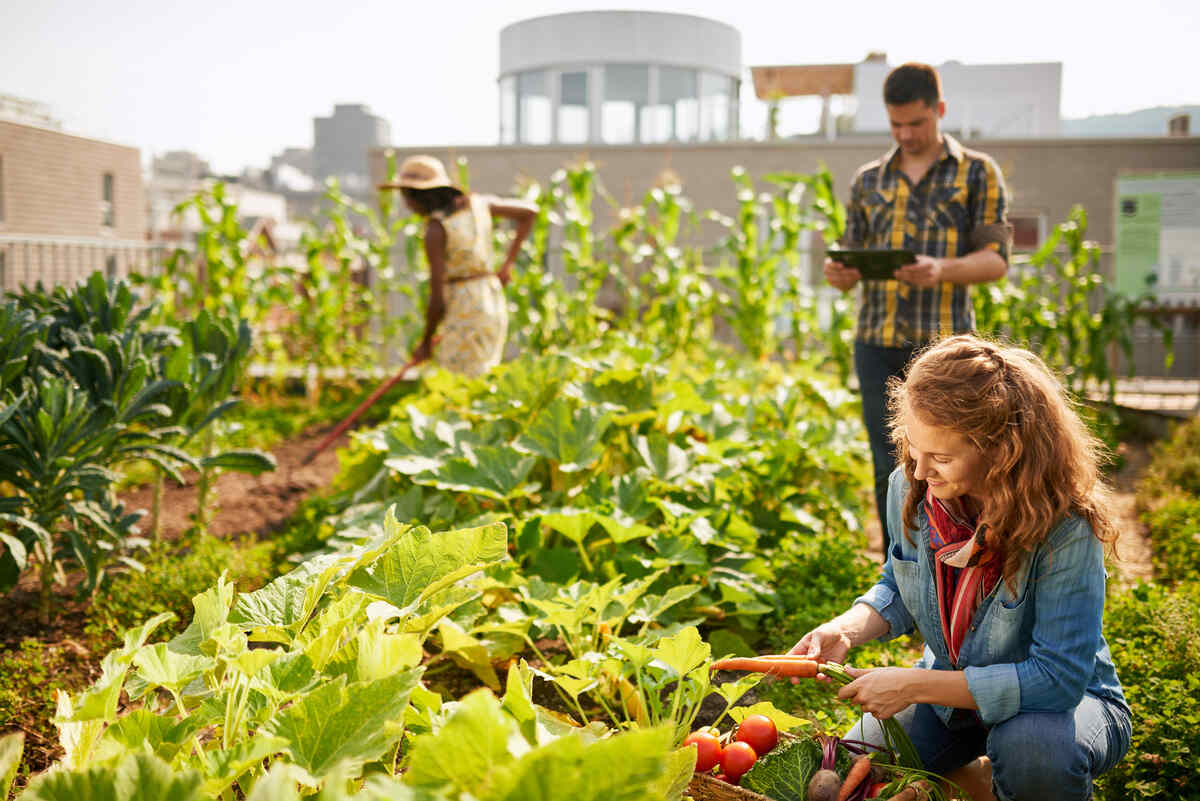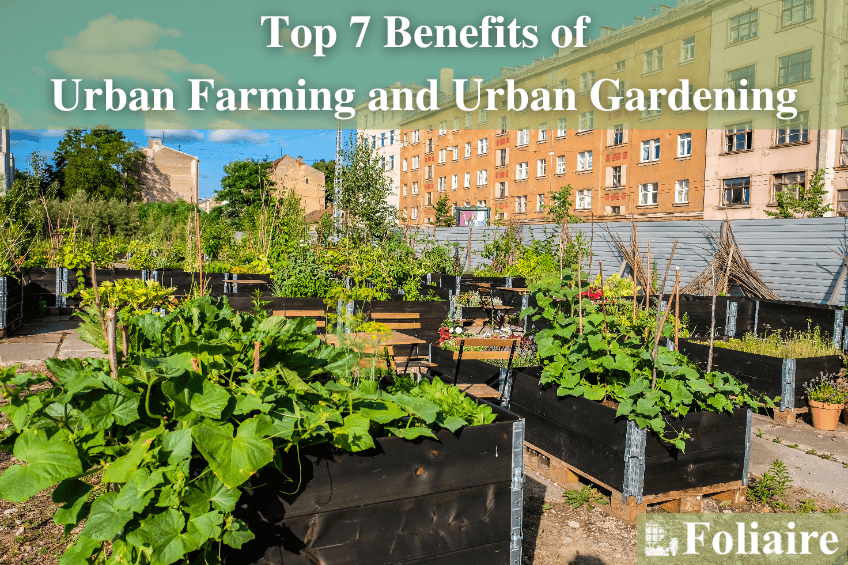All About City Blooming
Wiki Article
A Biased View of City Blooming
Table of ContentsThe 10-Minute Rule for City BloomingLittle Known Questions About City Blooming.The Buzz on City Blooming3 Simple Techniques For City BloomingOur City Blooming Diaries
Interested in expanding food up for sale in the City of Chicago? Thinking of beginning an area garden? Changes to the Chicago Zoning Statute permit agricultural uses like community yards and metropolitan farms in lots of parts of the city. Below is a checklist of frequently asked questions pertaining to the guidelines and regulations that farmers should think about when preparing a city agriculture task.
The zoning change does not change any type of various other codes taking care of composting, building authorizations, purchasing or leasing City possessed residential property, organization licenses or environmental contamination. There are existing codes that manage these issues and they continue to be in complete impact and might be appropriate to your task. Neighborhood yards are generally had or taken care of by public entities, public organizations or community-based companies and kept by volunteers.
Urban farms expand food that is intended to be offered, either on a not-for-profit or for-profit basis. Because of their business purpose, urban farms call for an organization license. Yes. A neighborhood garden is allowed to offer excess generate that was expanded on website if the sales are accessory or secondary to the yard's key objective described over.
A Biased View of City Blooming
Composting is allowed yet only for plant product that is produced and used on website. The amount of garden compost product can not surpass 25 cubic backyards at any kind of provided time according to the standards in 7-28-715 of the City's Municipal Code. Yes. Because the soil at a lot of new yard websites needs changing, compost, soil, timber chips, or other materials can be acquired to construct or improve the growing area - indoor plants.
If a building permit is required after that the hoophouse will certainly be taken into consideration an accessory structure. You can figure out more about the structure license requirements by calling the Department of Structures. The 25,000-square-foot size limit is planned to protect against a single area garden from controling a given block or interfering with the block's existing residential or commercial character.
The restriction does not relate to gardens found in Public Open Room (POS) areas. Can there be greater than one area yard that is 25,000 square feet on a solitary block? Yes. The size limit uses to private yards, not to specific blocks. No. Secure fencing is not required, nonetheless, yards that have large car park areas might be required to set up fence or other landscape design attributes.
The 5-Minute Rule for City Blooming
B1 & B2 areas call for that all business use activities be performed inside. Is secure fencing needed for city farms? Fences might be required, along with landscape design and screening, for particular car park locations and outdoor work or storage locations depending on place and the certain activity taking location.Yes. Urban farms need structure authorizations and zoning authorizations prior to construction. Other forms of city review might be called for depending upon specific frameworks, tasks, dimension, landscaping, licensing, public heath and stormwater monitoring issues. A number of these requirements are determined in the job design or allowing process, nevertheless, the candidate might be accountable to independently recognize certain licenses or permits that might be needed.
The Department of Company Matters and Customer Defense can aid identify the certain kind of organization license that's needed. Off road vehicle parking is required for a lot of commercial jobs in Chicago. The called for number of parking areas is based on the number of workers working on site and not the square video footage of the growing space.
The Definitive Guide to City Blooming

An urban ranch can helpful site sell compost product created on website, nonetheless, the procedure has to abide with the regulations in 7-28-715 of the Chicago Municipal Code. Aquaponic systems are permitted indoors on urban ranches in lots of zoning areas.
Approximately five hives or nests of honey bees may be kept as an accessory use. Beekeepers should register with the Illinois Department of Farming. To find out more about the proposed zoning change you might speak to the Department of Housing and Economic Growth, Bureau of Planning and Zoning at 312.744.8563.
Farming in cities and city areas An urban farm in Chicago. Urban agriculture describes numerous methods of cultivating. https://www.pageorama.com/?p=cityblooming, handling, and dispersing food in metropolitan areas. The term also applies to the area tasks of animal husbandry, tank farming, beekeeping, and gardening in an urban context. Urban agriculture is identified from peri-urban agriculture, which takes area in rural locations beside suburban areas.
An Unbiased View of City Blooming
It can include a motion of natural cultivators, "foodies" and "locavores", that seek to create social media networks founded on a shared values of nature and area holism. These networks can create using formal institutional support, coming to be integrated right into local town as a "shift town" motion for lasting metropolitan growth.Some of the very first proof of metropolitan farming comes from Mesopotamia.
Report this wiki page